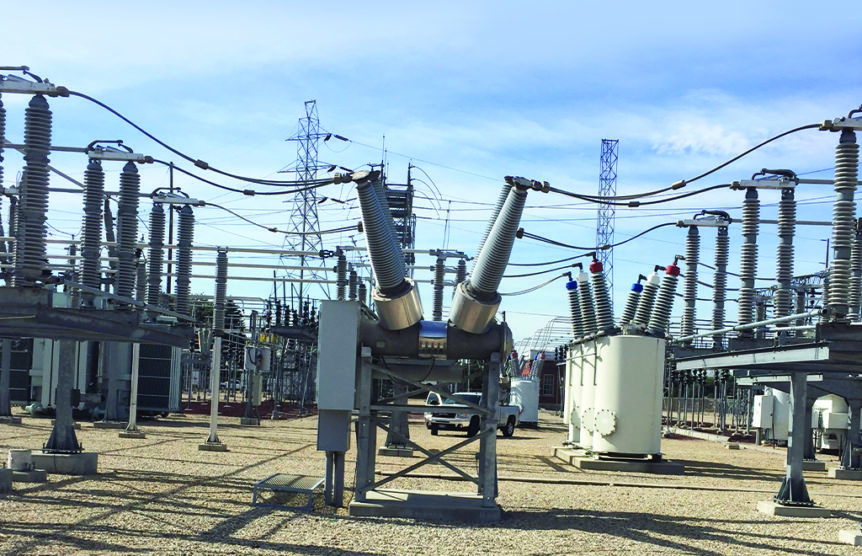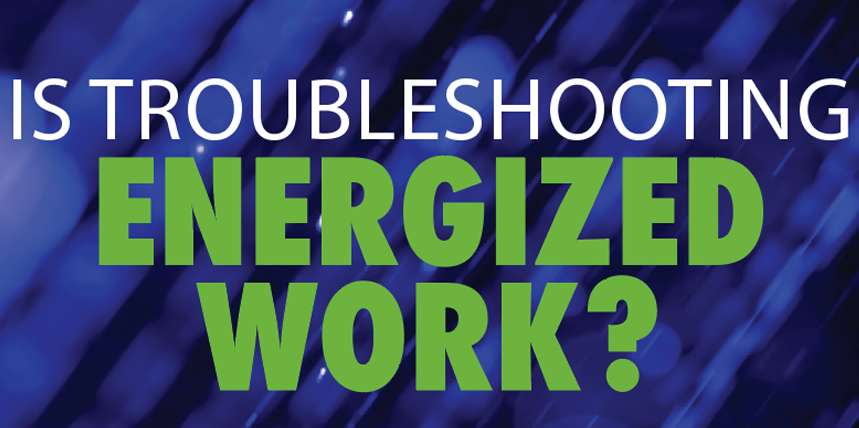This issue of NETA World covers troubleshooting. A big part of that is being able to interpret a schematic, and some of the most difficult are those for circuit breakers (unless you work in the circuit breaker shop, I suppose). Give these questions a try. Here’s a big call-out to retired Instructor Craig Nelson, who got tired of my hand …
Post Time – A Troubleshooting Adventure
As I drove toward the office one morning, it occurred to me that we were due for an emergency call. I was about to text a colleague (hands-free voice recognition) when the phone rang. Soon I rerouted the navigation system and I was off to the races! Along the way, I notified the office and called a technician to assist …
Aligning CT Polarity for Multi-Current Input Differential Relays
Differential relays operate on three or more sets of three-phase current inputs. These relays can be older electromechanical relays with current transformers (CTs) connected in parallel to the three-phase current inputs or newer numerical relays that have more than two sets of three-phase current inputs. Note that it is poor practice to connect CTs in parallel to a single three-phase …
Welcome To POWERTEST 2020
As we leave winter and advance into spring, our industry is preparing for the spring outage season. This time of year, the return of daylight leads to longer work days and more deadlines to meet the expectations of our customers. Be sure to follow the safety policies of your company as well as those required by the facility where the …
Is Troubleshooting Energized Work?
This issue’s theme brings up a question frequently asked by NETA technicians: “When does troubleshooting end and when does repair begin?” This question is often paired with “What does 70E say about troubleshooting and repair?” We hope to make things clear for everyone in the field. To begin, look at the definition of “working on” (energized electrical conductors and circuit …
Troubleshooting Human Error to Ensure Safety
What is human error? A human error is the outcome of an action that does not produce results as intended. It can be summed up by saying things did not go as planned. The 6P Rule (Proper Prior Planning Prevents Poor Performance) can go a long way to preventing a human error, but there is still that human factor. James …
Communicating Hazards During the Pre-Job Briefing
Protection from hazards always begins with proper prior planning. An important aid to correctly and thoroughly planning a job includes using a tool known throughout the industry as a pre-job briefing, commonly called a PJB. This tool is called a tailboard or tailboard meeting in construction parlance, but no matter what it is called, PJBs are all designed to do …
Communications
This edition of the NETA World is on communications — a very broad, but necessary subject. This Tech Quiz looks at three types of communication: digital substations, three-way communication, and hand signals for heavy lifting and cranes. Every NETA technician should have knowledge of these. 1. Digital substations are based on which IEC standard? IEC 61800 IEC 47855 IEC 60947 …
Small Things Mean a Lot
One of the most important details in NFPA 70E is its definitions. Many people automatically believe they already know the definition of a word or phrase. This is a mistake that can have negative consequences. The place to start is to read Chapter 1, Article 100 Definitions. Once you have a better understanding of the definitions, the rest of the …
Communications Kicks Off New Column
It’s very exciting to kick off the first “In the Field” column. Consistent with this NETA World edition’s theme, an article on communications seemed fitting. As I write this, I realize I assumed the “communications” theme was related to interpersonal communications, but I didn’t communicate well enough to clarify that the theme is probably related to equipment communications such as …






